ABOUT
I am pleased to welcome you on my homepage!
“The eye does the picture, not the camera!” (Gisèle Freund)
My name is Nizar Fahem (born 1976) and I discovered my passion for photography at a young age. Inspired by my father, who taught photography himself, I dedicated myself to this topic intensively. From a childish fascination, the desire to learn this kind of art more professional and to fulfil the childhood dream gradually grew.
From 1994 to 1996 I completed my professional training in photography, camera and video technology at the Ministry of Youth, Children and Sports. After graduating from high school I first studied physics, but finally decided to fulfil my childhood dream of “photography”.
In the beginning, I focused on analogue photography and, like all other photographers, I finally made the transition to digital photography. Due to many years working as a qualified, technical customer consultant with the manufacturers Canon, Panasonic, Olympus, Sony, Samsung and the associated experience, the right handling of the new products, this transition did not make too much of an inpact on me.
For over 20 years I have been working as a freelance photographer for various clients such as newspapers, magazines, customer magazines, event and event agencies, as well as on the cruise ship AIDA, but also for private customers, in various topics – in digital and analogue form. On my travels through the most diverse continents, such as Africa, Asia, Europe and South America, I was also able to make exciting and captivating photos for reports and documentations, in a wide variety of categories.
As an internationally active travel photographer, I was able to gain unforgettable insights and magnificent impressions of the country and its people from places, such as Dubai, Dominican Republic, Tanzania, Zanzibar, Mexico, Jamaica and many more, and to capture imposing impressions in meaningful images. For me, the principle always applies: “There is no moment that is not worth photographing.”
“Make visible what might never have been perceived without you.” (Robert Bresson)
Why Déjàvue?
As a “déjà vu” experience (in German “already seen”) refers to a psychological phenomenon (qualitative memory disorder), which expresses itself in the feeling of a situation that has already been experienced, seen or dreamed of. According to surveys, 50 to 90 percent of all people had a “déjà vu” experience at least once, but mostly forgot after a certain time where and when it last occurred.
Do you not sometimes have the feeling that you are seeing something and believe you have already seen or experienced it? Such as photos, pictures or moments, moments or situations that you seem to have “overlooked” but would like to have remembered? However, unfortunately you have missed to capture this beautiful experience photographically!
With the photo selection on my gallery, I would like to give you the opportunity to regain this moment and to enjoy it.
“I give the moment duration.” (Manuel Alvarez Bravo)
Yours, Nizar Fahem (By the way, to be recognised on child photo!)
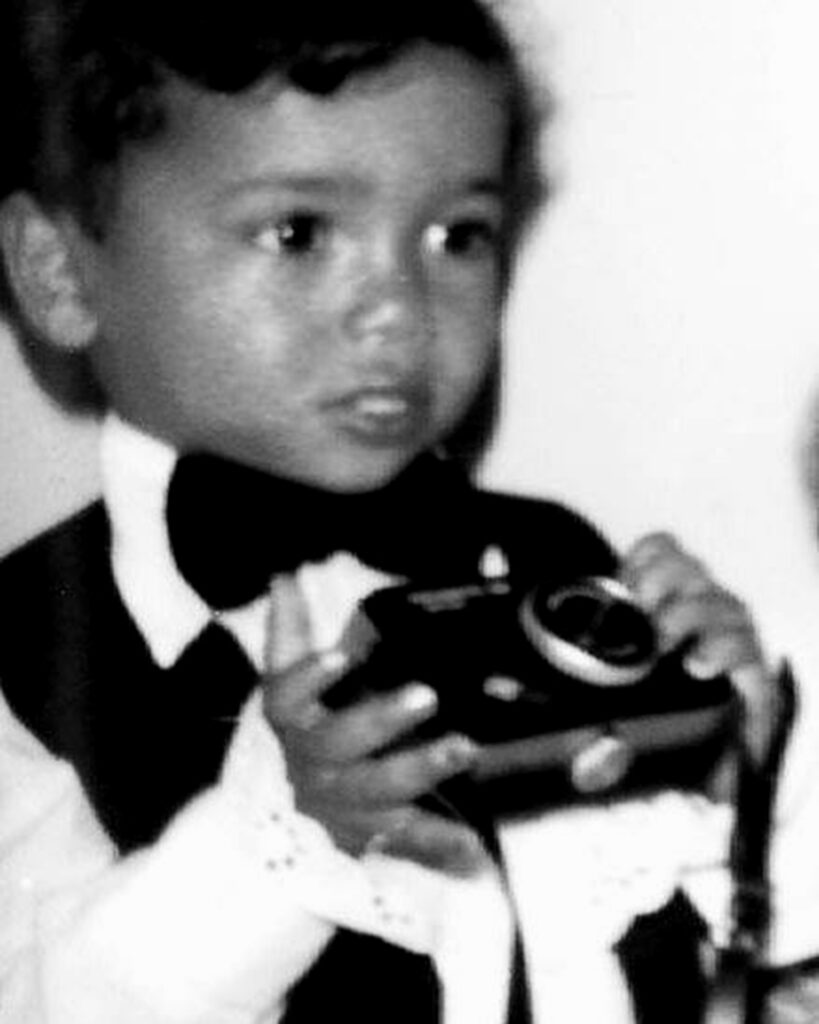

GALLERY

PROMINENCE

CULTURE

PRESS
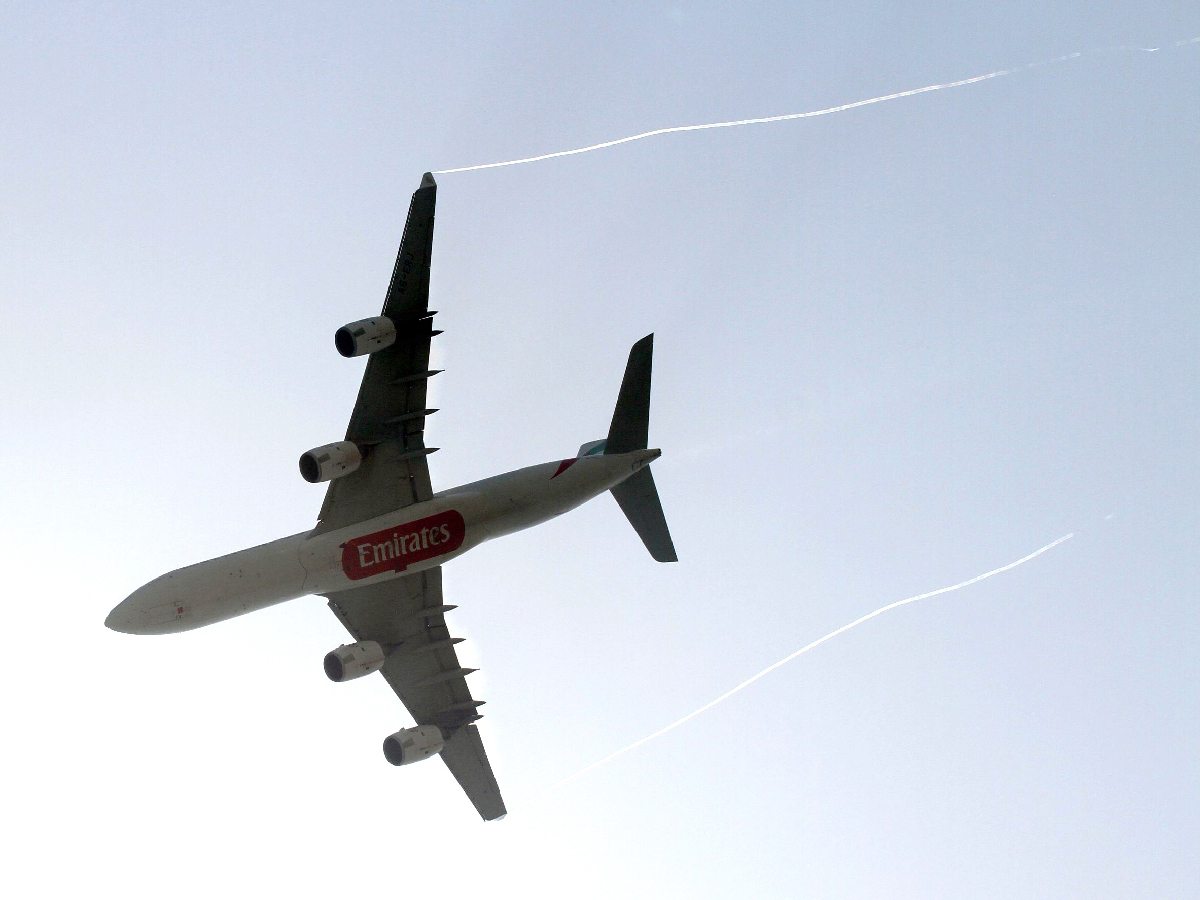
TO TRAVEL
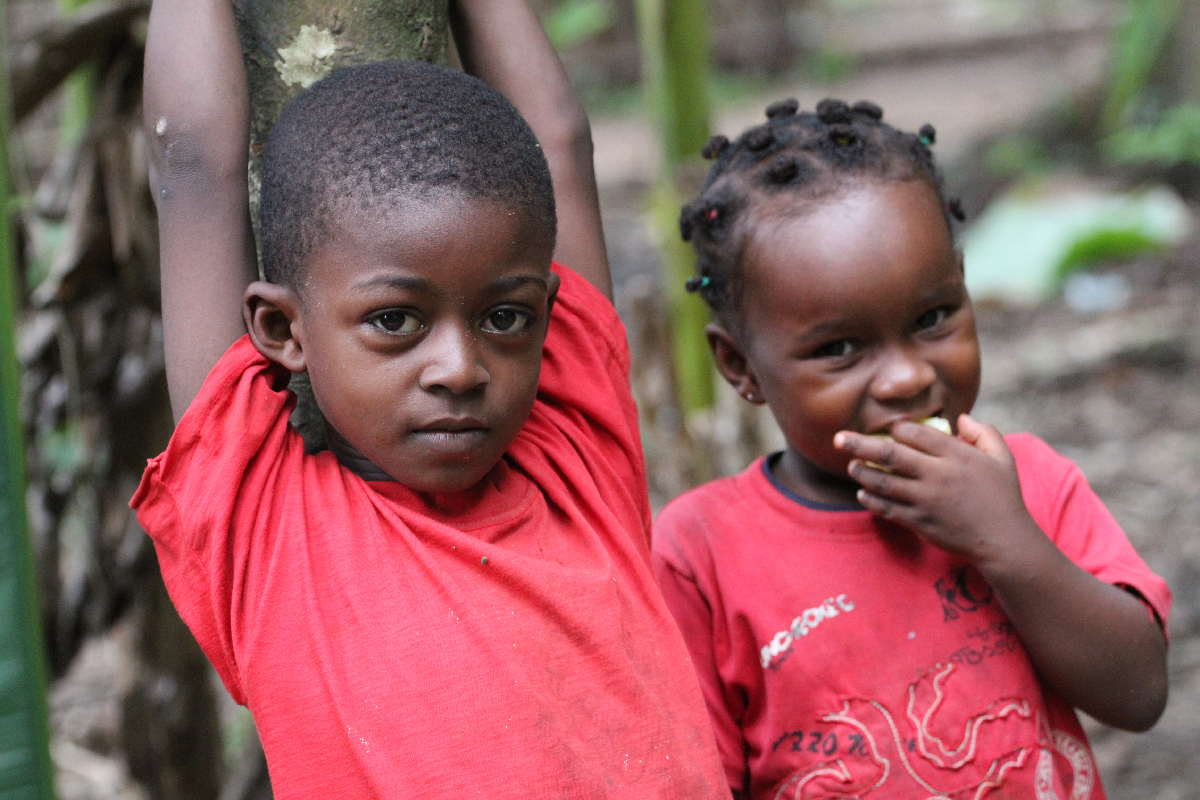
PEOPLE

NATURE
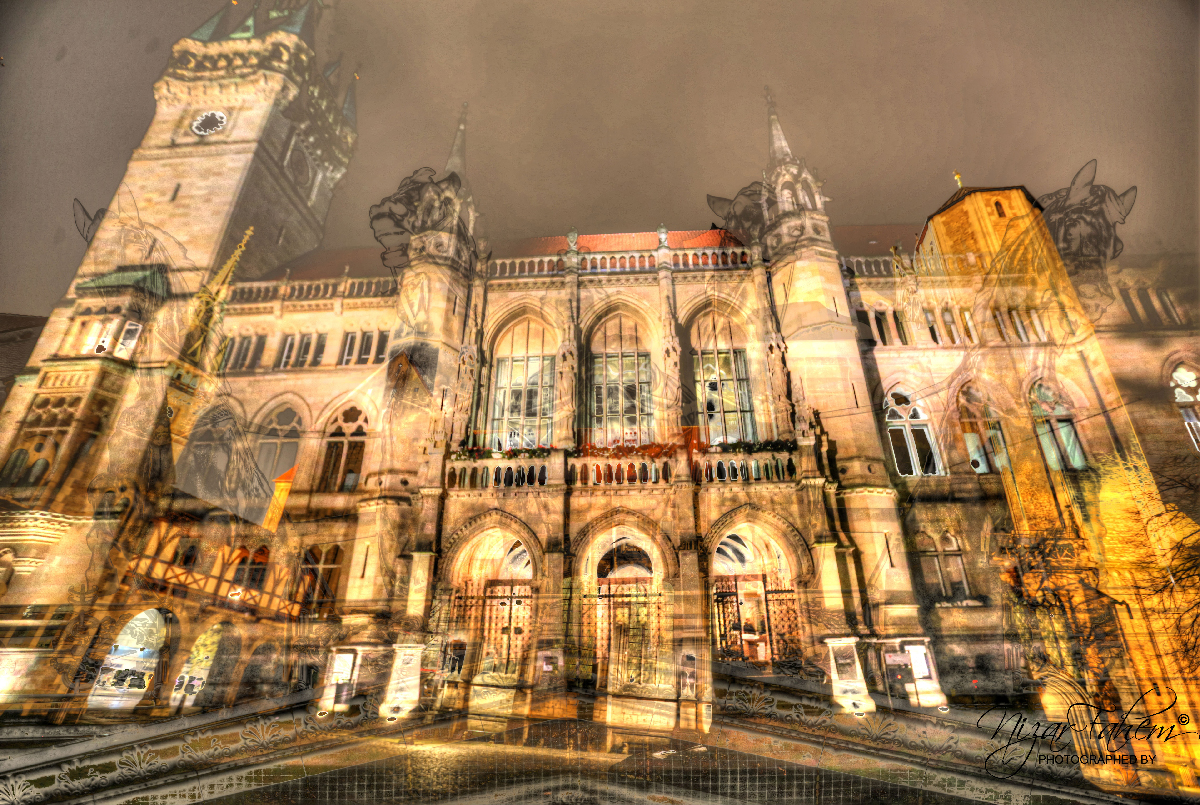
SPECIAL
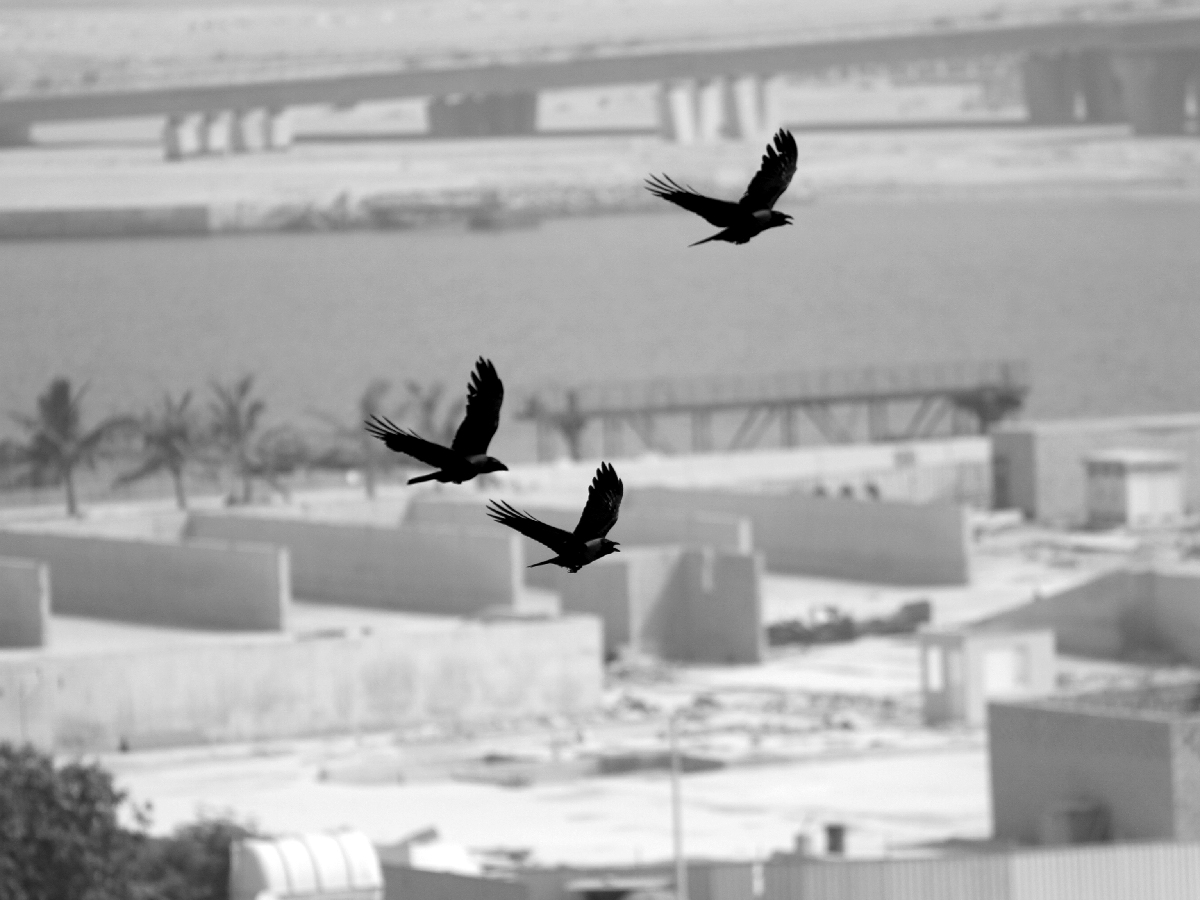
BLACK AND WHITE
SERVICES
“There are always two people involved in a picture: the photographer and the viewer. A photo is usually only viewed – rarely you look within one. “(Ansel Adams)
Choosing the right photographer / press photographer is not easy. Absolute reliability and professionalism are therefore top priorities for me, to fulfill the individual wishes of my clients in the different areas of photography. I am available for you at any time, in several languages such as German, English, French and Arabic, for taking photos on various topics and for all types of orders – both commercial and private!
Whether recordings of events, concerts, trade fairs, company events, locations, hotels or products, for reports or documentaries. As well as private parties, such as weddings, birthdays or anniversaries, but also portraits – I fulfill your every wish. Aerial photography or videos, as well as images in HDR (High Dynamic Range) and in 360º are also part of my offer.
There is often a huge price range for one and the same “photographer performance”. My prices vary depending on the nature and extent of the order and these are individually negotiable for each customer. Upon request, I will put together an individual offer with a non-binding service package. Comprehensive, technically qualified image editing is included. Your pictures are available in high-resolution quality. For my work I have a high-quality, professional equipment at the cutting edge of technology.
“Taking pictures is more than pushing the trigger.” (Bettina Rheims)
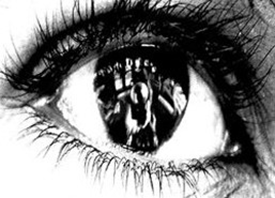
Are you also fascinated by photography and would you like to learn how to use camera and photography properly? I offer group and appropriate individual workshops for photo technology and device handling, as well as accompanied photo trips in Germany and abroad. Both for beginners and advanced.
HISTORY
History and art of photography
The first pictures of Niepce
Paris
The Frenchman Joseph Nicephore Niepce (1765-1833) is regarded as the one who could capture images first on a light-sensitive layer. He took a “camera obscura” to help, a long-known apparatus with which images of the outside world were projected onto surfaces. He was able to capture these images on silver chloride paper. However, they were not resistant to light and faded after a short time. Only in 1826 Niepce managed to produce the first stable image. It shows the view from the window of his study. With exposure times of up to eight hours, however, it was impossible to photograph people or moving objects. Louis Jacques Mandé Daguerre (1787-1851), a successful theater painter, learned of the work of Niepce and was so fascinated that he became his partner. Anxiously, they both tried to find a way to shorten the exposure times.

Shorter exposure time and multiple removals
After years of trying, Daguerre discovered that a latent image by brief exposure of a Jodsilberplatte, that can be fixed by vapor deposition of mercury. Louis Daguerre exposed a photographic plate, but the process was discontinued because the weather did not cooperate. He put the plate in his chemical cupboard. When he pulled it out again later, he was surprised to discover that it became a clear picture. Something in his closet must have shortened the exposure time of the plate. He removed piece by piece all chemicals out of the closet and kept on putting a fresh photographic plate inside to find out which of the chemicals has caused this effect. In the end, only a few drops of mercury, that accidentally spilled, remained. That, Daguerre realized, was the riddle. Photographic plates treated with mercury vapors require shorter exposure times than untreated. He succeeded, after numerous attempts, to reduce the exposure times to four minutes in summer and 15 minutes in winter. Daguerre and Isidore Niepce, the son of the late pioneer, concluded an agreement with the French government in1839, which was given the right to present the so-called “daguerreotype” to the public. The Government considered the discovery so significant that they thought it would give a boost in popularity. Images that were created with the “daguerreotype”, however, were unique. This problem eliminated William Henry Fox Talbot with the so-called “calotype”, paper – negative-positive process. Quality and brilliance were not comparable to the “daguerreotype”, but it was possible to make multiple prints of an image.
The plate method
The procedure of Talbot had a low resolution and was grainy. The grain of the paper was always clearly visible. Frederick Scott Archer overcame this shortcoming in 1851 with his “wet collodion”. The name comes from dissolved cotton ( collodion ), which was used here. This one wore the light-sensitive material (silver halide) on glass plates. The resolution was significantly better, but the effort was enormous. Collodion is a colorless, sticky mass that hardens quickly in the air. Therefore, exposure and development had to be done, before the material was dried. The next breakthrough took place in 1871 by Richard Leach Maddox. With a silver bromide-gelatin layer, he managed to develop a dry plate, which rivaled wet plates of sensitivity in nothing.
Small cameras and color films
In the first decades of the 20th century, the improved light sensitivity of the films made it possible to produce small and micro cameras. In 1905 Oskar Barnack had the idea of reducing the negative format and enlarging the photographs at a later stage. Ten years later, as a development manager at Leica, he designed the first miniature camera in the world. However, the First World War delayed development. It was not until in the 20s, the first Leica camera was ready, which was officially introduced in 1925. This was a viewfinder camera with a lens of 50 mm focal length, a standard which was later copied hundreds of times. In addition to the viewfinder camera, it was able to establish the reflex itself from the 50s. The principle: the light input is reflected in the viewfinder. This allows the photographer to see exactly what will later reveal the image. The deflecting mirror which projects the image in the viewfinder, works in triggering aside, so that the light beam can expose the film. Then, in 1936, the company “Agfa”, was the first to develop a color film. Now almost everyone could make more light loyal Photos of the surrounding area.

The digital revolution
Over the time, the use of more and more electronics let the cameras become increasingly more comfortable. In 1963 the company, “Canon”, became the first camera with automatic focus. About ten years later, it was followed by a fully electronic camera from Rollei, where aperture, shutter speed and sharpness could be adjusted automatically. Towards the end of the 20th century the entire photographic technique was then once again revolutionized by digitization. Now it was possible to save the photos not just on film, but also on digital media. This is cheap and simplifies the use of the image. It can be viewed directly and optionally deleted immediately. Image editing software facilitates subsequent processing, making it possible to fix bugs in the photo. Today, anyone can repair or manipulate his images using appropriate software. In addition, the Internet facilitates the global exchange of images, which is now available as files.
CONTACT
You can contact us via E-Mail with your request.
Please insert your E-mail address and phone number, and we will respond immediately.
Phone. +49 531 2064155
Mobile. +49 179 2382885
